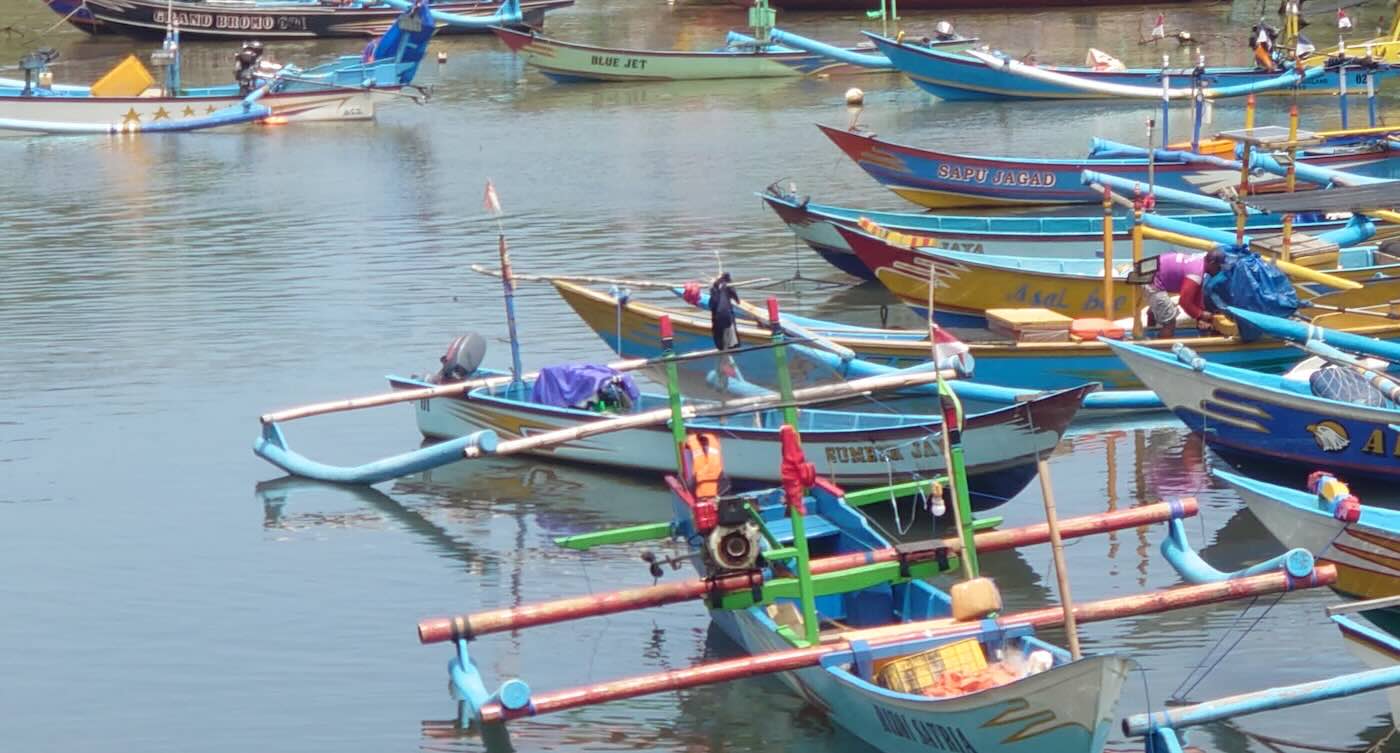Smile
Southeast Asia’s Fisheries Thrive: A Beacon of Hope!

Quick Smiles:
- Southeast Asia’s fisheries continue to thrive, defying global overfishing trends.
- Small-scale fishing practices are key to the region’s ecological and economic success.
- A diverse approach to fishing helps preserve marine biodiversity.
For years, experts have raised alarms about the potential collapse of global fish stocks due to overfishing.
However, Southeast Asia stands out as a beacon of hope, maintaining its ecological balance while meeting the nutritional needs of its rapidly growing population.
A recent study sheds light on this phenomenon.
Over the past three decades, Southeast Asian fisheries have experienced a remarkable increase in production, surpassing other regions worldwide.
Although growth has stabilized since 2018, the region continues to outperform many others.
Interestingly, despite the high number of people engaged in fishing, the productivity of these fisheries—measured as production per fishery—is the second lowest globally.
This is because a significant portion of the population relies on fishing, with a participation rate 3.4 times higher than the global average.
“Small-scale fishing has various advantages: as its productivity is low, it’s possible to provide many jobs without overfishing,” explains an expert.
They add, “The small scale of the fishing gear has a low impact on the ecosystem; and the small amount of fish caught at one time ensures that the quality and freshness of the catch is high, and it is sold at a relatively high unit price.”
A unique aspect of Southeast Asian fisheries is their multi-species approach, which contrasts with the global trend of focusing on a few key species.
This diversity is crucial for preserving marine biodiversity.
While the percentage of overfished stocks in the region aligns with global averages, Southeast Asia boasts a three-fold higher ratio of under-fished stocks, a critical insight from the study.
“To maintain biodiversity, it’s essential to encourage the practice of non-species-selective multi-species fisheries and management,” the expert concludes.
They emphasize the importance of “protecting, promoting, and controlling small-scale artisanal fisheries that do not destroy habitats.”
Southeast Asia’s success story offers valuable lessons for fisheries worldwide, highlighting the benefits of sustainable practices that balance ecological health with human needs.

-

 Cute Animals2 years ago
Cute Animals2 years agoPuppy Love Patrol: Service Dog Swoons Over K9 Officer Neighbor
-

 Cute Animals2 years ago
Cute Animals2 years agoHugs, Hooves, and Happiness: Newborn Donkey Steals Hearts by Demanding Affection [Video]
-

 Cute Animals2 years ago
Cute Animals2 years agoWATCH: A German Shepherd’s Surprising Parenting Instinct for Lost Ducklings!
-

 Cute Animals2 years ago
Cute Animals2 years agoPetty Pup Pulls Off Hilarious Bone Heist [Video]
-

 Heroes2 years ago
Heroes2 years agoA Lost Dog’s Bark Leads to a Lifesaving Discovery
-

 Cute Animals2 years ago
Cute Animals2 years ago“Pure Love”: Adopted Rescue Dog Can’t Hide How Grateful He Is [Video]
-

 Cute Animals2 years ago
Cute Animals2 years agoTiny but Mighty: Cat with Dwarfism Becomes Internet Star as Owners Adapt Backyard for Her Comfort
-

 Cute Animals2 years ago
Cute Animals2 years agoAdorable Puppy Steals Hearts After a Tiring Swim [Video]